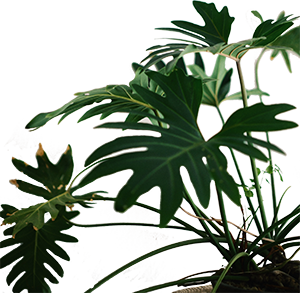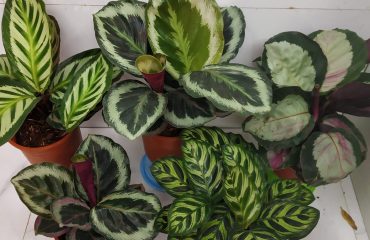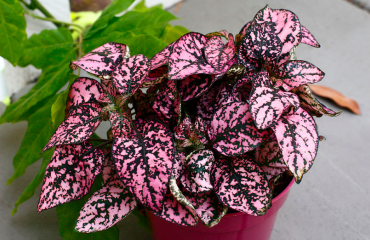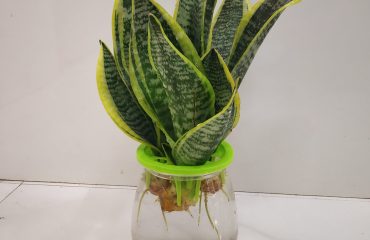How to Grow and Care for Haworthia Plants

Haworthias are dainty succulent houseplants and are frequently compared and confused with Aloes, and Gasteria plants, this is hardly surprising since they’re all members of the Asphodeloideae family. However,
unlike Aloes, Haworthias are almost always small and very (very) slow growing plants. They don’t need much fuss or care and can even go many weeks without water if required. They also tend to look brilliant in unusual containers or interesting soil mixes.
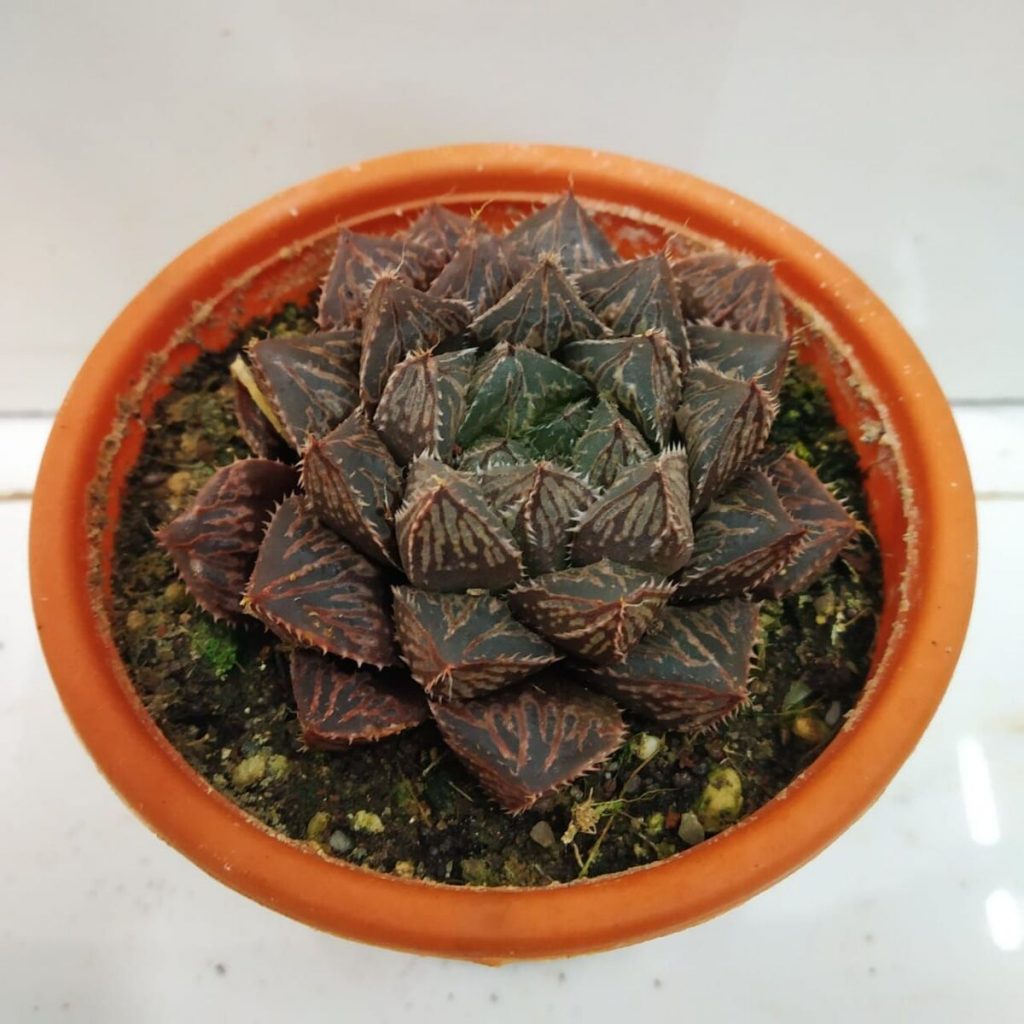
Types of haworthia
Experts generally agree that there are at least around 60 named species and about 150 named varieties. Here are just a few:
Haworthia attenuatais the classic haworthia you’re probably used to seeing. It has thick,taperedgreen leaves in a rosette form.
Haworthia fasciata, or Zebra Aloe, has a similar appearance, with pearly warts and thick leaves, but the leaves have a slight curl inward.
Haworthia cooperi also comes in rosette form, but its leaves are bubble-like. It’s commonly called the “ice lantern.”
Haworthia reinwardtii (Zebra Wart) “may or may not induce warts if eaten by a zebras” jokes Water & Light plant shop. This type of haworthia grows in a thicker rosette form.
Haworthia Step by Step Care Guide
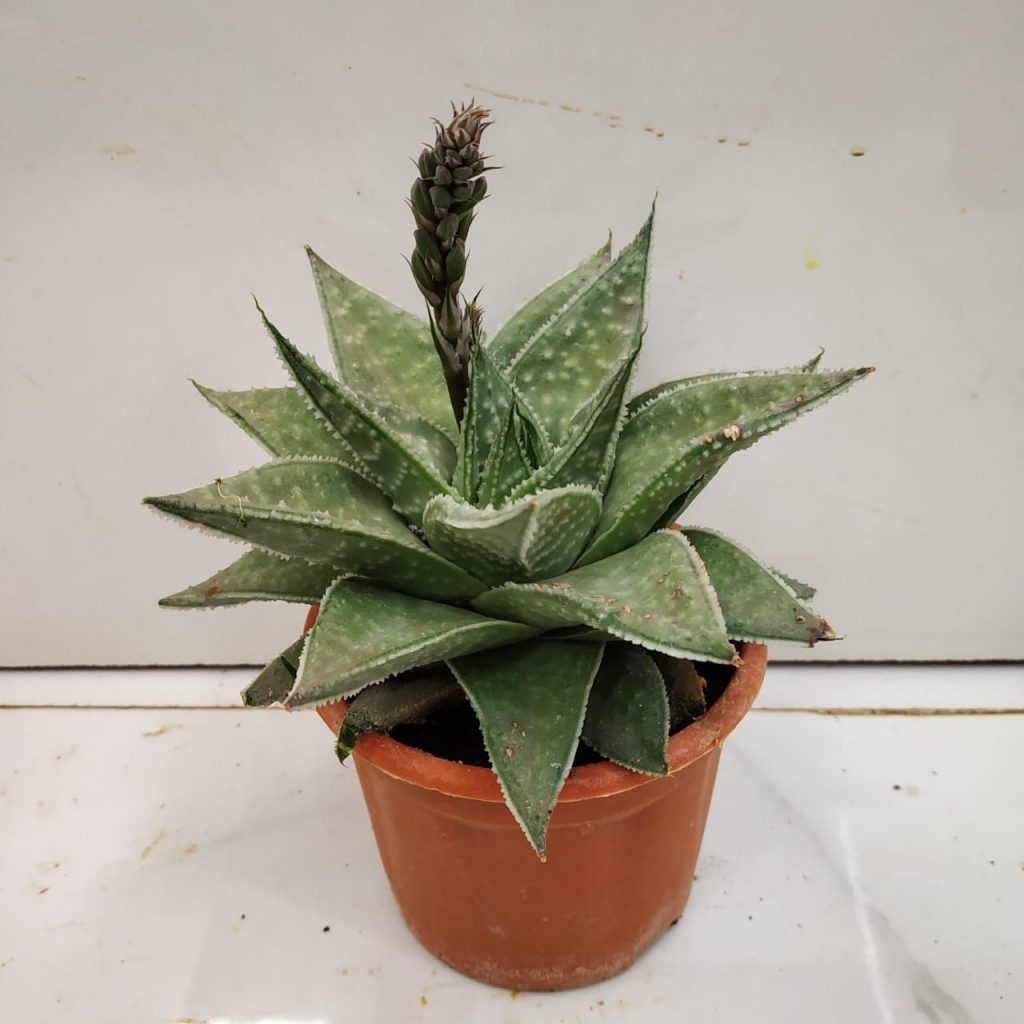
Light
Haworthias are reasonably adaptable plants that that will take various light conditions, but neither direct sunlight or deep shade. Direct sunlight will make the leaves of all Haworthia’s go an ugly red, purple or brown colour. Move to a shady spot and if the damage isn’t too bad these colourings will fade over time.
Deep shade tends to weaken the plant over a prolonged period. You might notice it becoming an excessive light green, losing the markings or that the plant stops being compact and instead becomes lanky. If you notice this happening more light is needed.
Watering
A surviving plant will get by with watering just once a month, however to get the plant thriving it will need to be done at least once a fortnight, possibly once a week in very warm temperatures.
Either way, water well and then only water again when the soil has largely dried out. These plants are very tolerant of underwatering but will succumb quickly to rotting if overwatered.
Make sure you try your best to keep water out of the crown or rosette of the plant, in cool temperatures doing this will again encourage rotting.
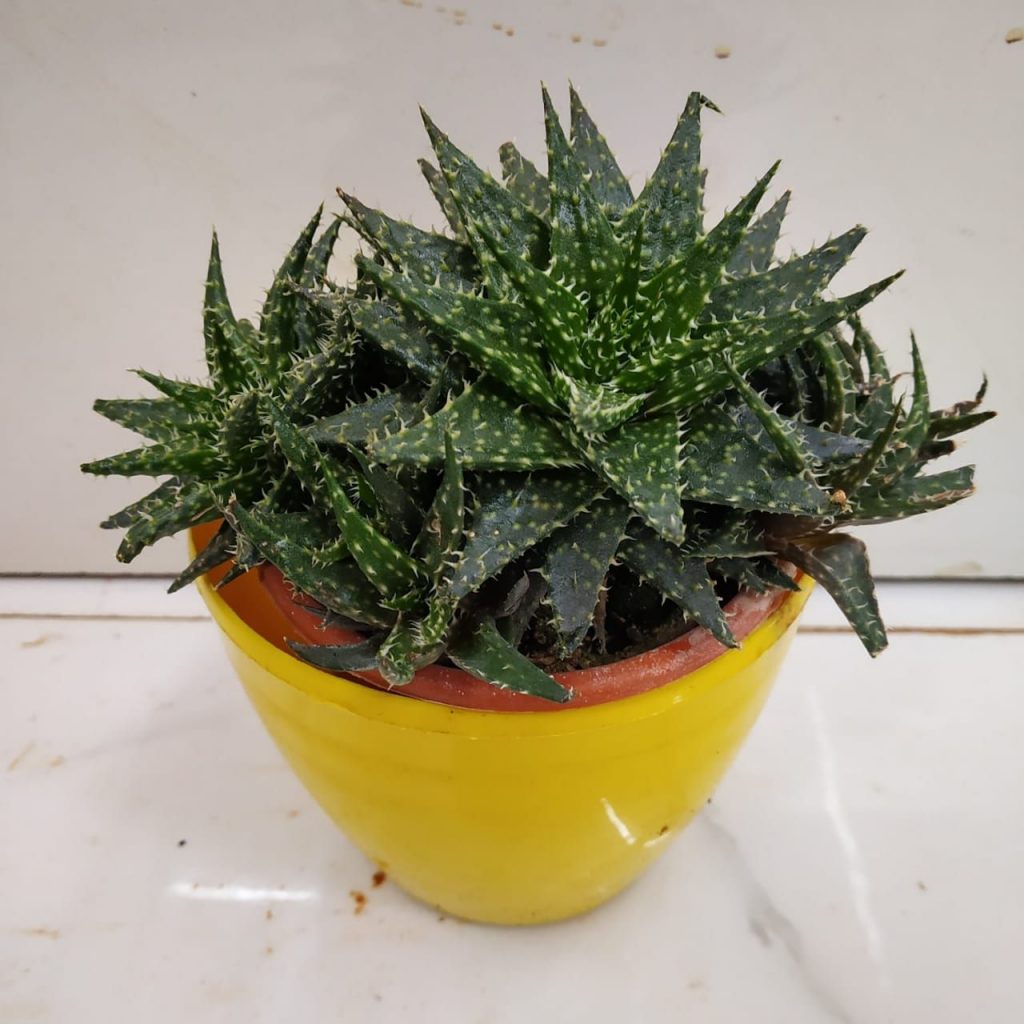
Humidity
As is common with many other succulent plants humidity is not important. However, they do like good ventilation so avoid very tight “airless” corners of your home.
Feeding
Feed your Haworthia very occasionally and when you do, ensure it’s only a weak solution. Feeding two or three times a year is probably plenty. Plants which are producing massive numbers of offset around its base might benefit from a little more feed, but still, go easy as they’re not big feeders.
Temperature
Average indoor warmth between Spring and Autumn / Fall. The natural cooler temperatures found in an unheated or guest room during Winter are perfect because this plant likes to rest at that time of year. However, it doesn’t like being too cold and absolutely no lower than 4°C (40°F).
Repotting
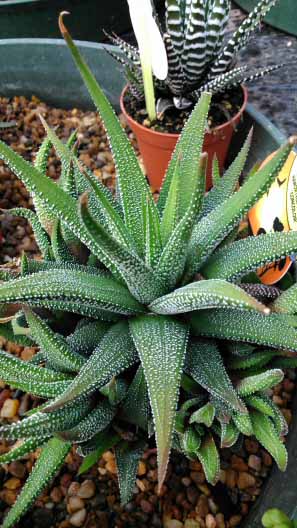
It’s rare for any Haworthia to out grow its pot quickly, therefore repotting is only usually required infrequently and normally only when offsets have filled the pot. Sometimes the clump works itself free, becomes unstable and starts falling out of the container so you’ll have to repot to get it stable again.
If you do find yourself needing to repot your plant, use a similar soil composition to what was being used previously. Normally this will be standard houseplant or cactus compost with grit or perlite added to aid in drainage.
Propagation
When you repot your Haworthia you can separate the offsets from the parent. Use a sharp knife and cut as close to the parent plant as possible, ensure the offset has some roots. Sometimes a knife isn’t even needed as the offset will be loose like a wobbly tooth and just come away naturally with a small tug. Just don’t be too aggressive!
Wait a day for the offset to dry slightly this reduces the chances of the raw “wound” from rotting when added to compost. Then pot up in a small container using a standard potting or cactus compost mix. Water and keep warm.
Flowers
Yes, this is a flowering houseplant. The flowers will normally appear in Summer months on the end of a long stem (inflorescence) if they’ve been treated well during the year. If you want to see what they look like, be sure to check out our readers’ photos in the comments section further below.
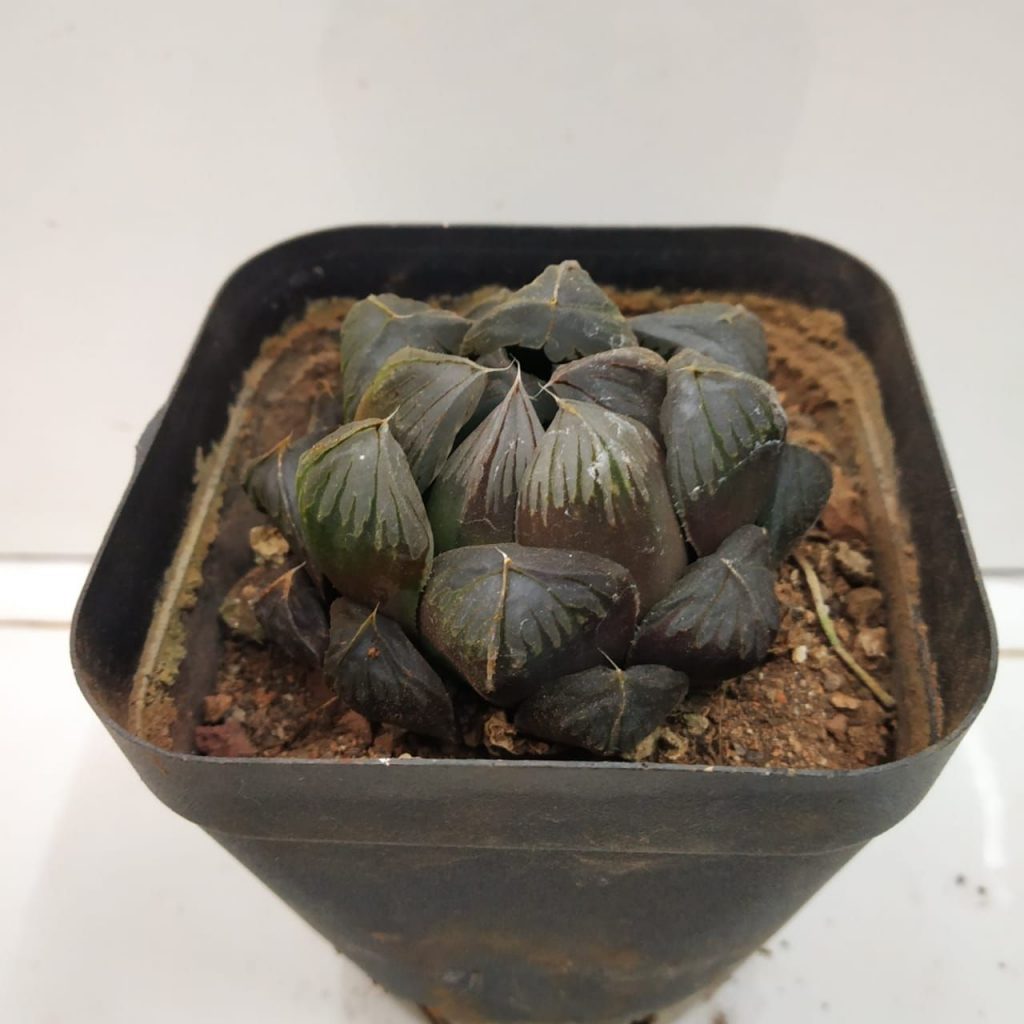
Height / Spread
Haworthia is a small plant by design and anything from 4 cm (2 in) to 20 cm (8 in) in height is usual.The flower stem though can be quite substantial in length.
This is a pretty narrow and slender plant, but it spreads and multiplies easily through offsets so individually they aren’t very wide, but if left alone they will form a clump within a few years. The photo below shows what, at first glance, looks like just one plant, but if you look at the base you can see it’s actually two individual plants.


